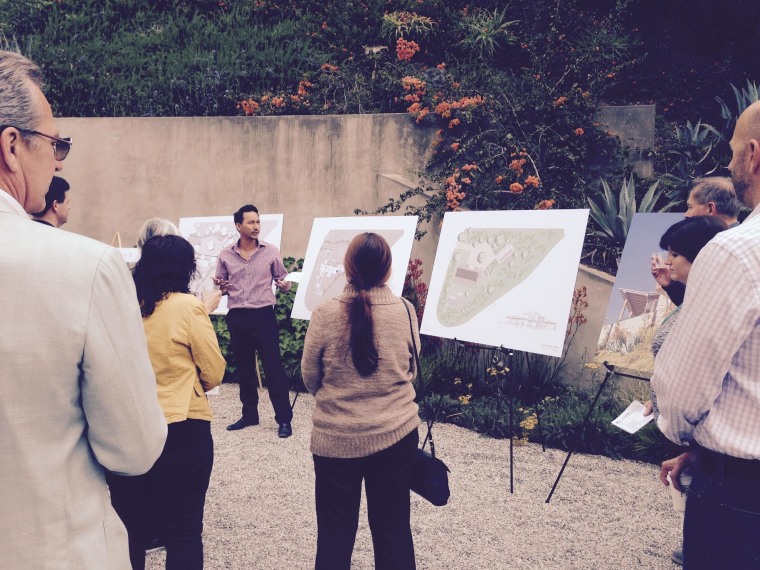Duan Tran grew up playing with Lego blocks and building replica models — a hobby that's led the Ohio native to a career born out of that creativity.
“Being creative and artistic is important, but it’s not the end-all. Architecture is so interdisciplinary; it’s how you manage societal issues such as climate change, demographics, and diversity.”
The eldest of five kids, Tran said he was mesmerized by the houses in films he would watch growing up and can still recall the ones that left serious impressions: Frank Lloyd Wright’s Ennis House from “Blade Runner,” John Lautner’s Elrod House from “Diamonds Are Forever,” and Richard Neutra’s Lovell Health House from “L.A. Confidential.”
“In movies, oftentimes there’s the classic California modern house in the background, and I was really seduced by that,” Tran, 41, told NBC News.
Although he didn’t know how to articulate “architecture” as an idea when he was young, Tran was interested in how things come together and how one can create something from nothing. A high school drafting class cemented his interest in design.
“Working within that mindset of drawing a floor plan or an elevation of a house was really inspiring and intriguing,” he said.
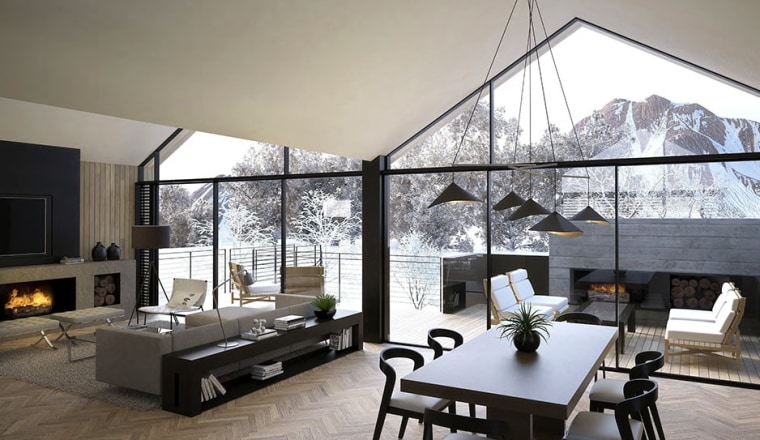
Tran added that his parents, who immigrated to the United States in the late-1960s from Vietnam so Tran’s father could attend University of Utah, were supportive after noticing his creative talents.
“Our process can be esoteric, but at the end of the day, when a client finally gets why you did something the way you did, it’s really rewarding.”
He pursued his bachelor’s degree in environmental design at Miami University in Oxford, Ohio, because they had a strong program and he could be near his family.
“Growing up in Dayton was pretty whitewashed,” he said. “I was one of two or three Asians out of 500 people, so it was great to be exposed to the diversity and community at a collegiate campus.”
After graduating in 1997, he worked for a firm in Washington, D.C., but when it came time to select a master’s program in architecture the following year, the diverse and vibrant culture in Los Angeles and the city’s contributions to art and architecture excited Tran.
“Superficially, I picked USC because I had always wanted to do the L.A./West Coast thing,” he said, “and I thought I’d go back home after a few years.”
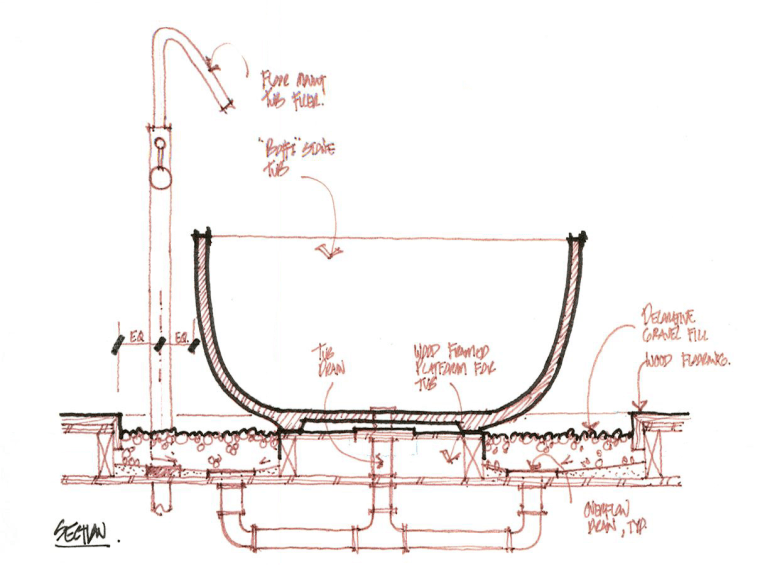
But instead, in 2000, Tran joined KAA Design in Los Angeles, where he later became the director of architecture. By 2014, he was a principal at the award-winning firm, which has worked on residences for Tom Hanks and Rita Wilson, Matt Damon, and Julia Louis-Dreyfus, as well as on projects for the Los Angeles County Museum of Art and Christie’s auction house.
Earlier this year, Tran was made a partner.

When it comes to his work, Tran says the best moments happen when clients experience their finished homes for the first time.
“Our process can be esoteric, but at the end of the day, when a client finally gets why you did something the way you did, it’s really rewarding,” he said.
Though he never moved back home to Ohio, his parents — his father, a recently retired economics professor at Wright State University in Dayton, Ohio, and his mother, the director of the Asian and Native American Center at the same university — are never far from his mind.
“For them to leave everything they knew behind, and come to the U.S. and raise five kids, that basic level of courage has always been a strength for me,” he said. “It influenced my personal story as an architect.”
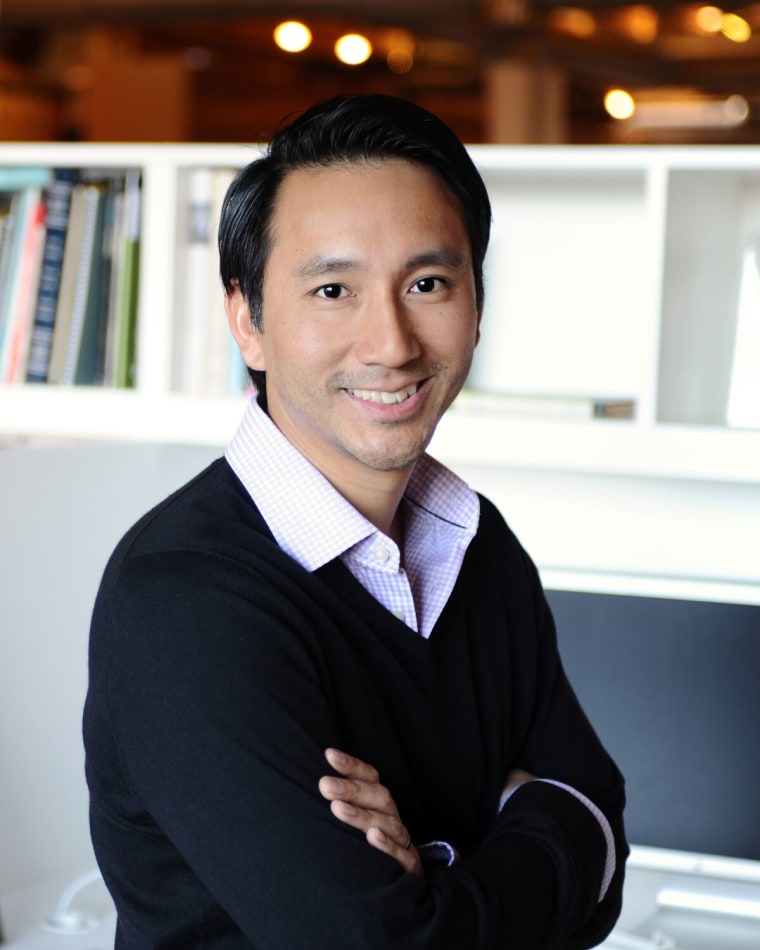
In addition to being inspired by his parents, he cites Richard Meier, the architect behind The Getty Center in Los Angeles and the Charles and Perry Street Towers in New York City as one of his favorite architects.
“His lines, and the purity of his designs, are just so clear — I think it’s poetry in construction,” Tran said.
He notes that the most successful architects, like Meier, have a level of social responsibility and an awareness that goes beyond artistic ability.
“Being creative and artistic is important, but it’s not the end-all,” he said. “Architecture is so interdisciplinary; it’s how you manage societal issues such as climate change, demographics, and diversity.”
Architecture’s own demographics are shifting toward more diversity. According to the National Council of Architectural Registration Boards (NCARB), a non-profit federation of licensing boards in the U.S., 91 percent of licensed architects are white, 2 percent are black, and 5 percent are Asian American.
That number changes — to 56 percent white, 5 percent black, 16 percent Asian American, and 10 percent Hispanic or Latino — when looking at new NCARB Record Holders who are on the path to licensure, a process that currently takes 12 to 14 years, on average.
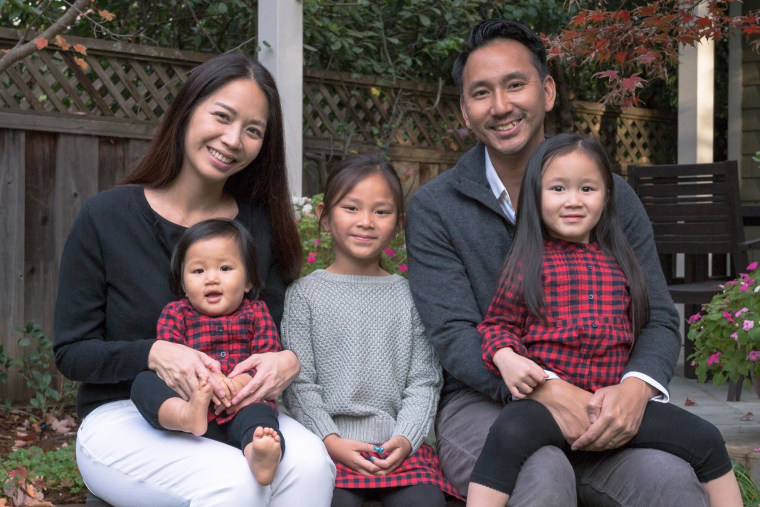
This doesn’t surprise Tran. “If you’re the first American-born generation, your parents wanted you to become a doctor or lawyer, because they wanted to ensure a good life in a new country,” he said.
He believes that there’s more freedom for Asian Americans who are second or third generation to explore less traditional career paths.
“As a parent I’m interested in my kids pursuing something more artistically-related — they don’t have to be a doctor,” Tran, who shares a Culver City home with his wife, Valerie, and three daughters, said. “My five- and three-year-old both love to draw.”
Follow NBC Asian America on Facebook, Twitter, Instagram, and Tumblr.
